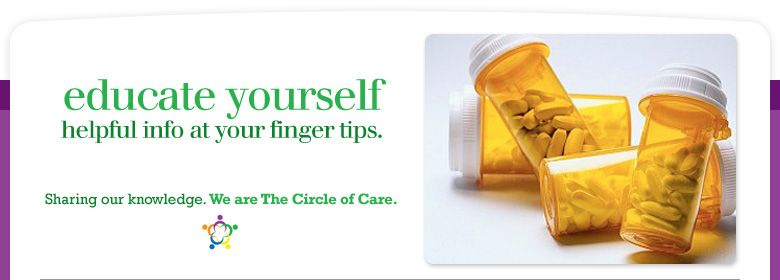

The most common forms of club drugs found today are Ecstasy, Herbal Ecstasy, Rohypnol, GHB, Ketamine and at times, LSD. These drugs are typically used at nightclubs, bars, events such as raves, as well as other sites that may attract a younger "college crowd" or an adolescent audience.
Raves are dance-type events that are held in discreet locations that generally feature alternative music and entertainment specifically geared to attract an adolescent age group. The locations of these raves or "dances" are usually passed along through word-of-mouth in schools and across college campuses.
Most club drugs are sold at locations such as the raves or clubs. They are sold cheaply and are often mixed with alcohol, which increases the effects and consequences, often by unexpected physical effects such as overdoses.
Ecstasy or MDMA (methylenedioxymethamphetamine) is a stimulant, which like methamphetamine or "speed", possess mind-altering or hallucinogenic properties. This drug is certainly one of the most widely abused club drugs. It can be best described as a hallucinogenic stimulant.
Ecstasy is illegal and is classified as a Schedule I Controlled Substance. Ecstasy is known on the street as Adam, X-TC, Essence, Stacy, Lovers Speed, Eve, etc. and is most often found in the form of powder, tablet or capsule and is usually consumed orally, although at times, it may be injected.
The average cost is $7 to $30 per pill. Ecstasy can be combined with methadone, LSD, opiates such as heroin or Fentanyl, or strong anesthetics such as Ketamine. An Ecstasy high can last anywhere from six to twenty-four hours, although the most common time frame is three to four hours.
Ecstasy is reported to cause feelings of euphoria and/or well-being, enhanced emotional or mental clarity, anxiety, and at times, paranoia. Heavier doses can cause symptoms such as hallucinations, sensations of lightness or floating, depression, paranoid thinking and violent and/or irrational thinking.
Some of these symptoms can be prolonged depending on the dose and amounts used over time. In addition, users are at risk for heat exhaustion and dehydration with prolonged physical exertion.
Although not classified as a controlled substance, Herbal Ecstasy is a drug composed of ephedrine (ma huang) or pseudoehedrine and caffeine (kola nut) - stimulants that closely simulate the effects of Ecstasy.
Usually sold in tablet form, Herbal Ecstasy is known as Cloud 9, Herbal Bliss, Ritual Spirit, Herbal X, GWM, Rave Energy and X. Names change frequently so it is important to be aware and look at the ingredients closely. Due to the lack of quality control over these products the ephedrine amounts can vary widely.
GHB (gamma-hydroxybutyrate) was once known as a body builder and performance-enhancing drug. In 1990, the FDA banned the use of GHB due to the severe uncontrolled side effects.
Terms used for GHB include: Grievous Bodily Harm, Easy Lay, Gamma 10, Liquid X, Liquid G, Georgia Home Boy, Cherry Meth or Natures Quaalude. GHB is usually consumed orally in capsule form or as a white grainy-colored powder. Powder is often dissolved in liquids, such as alcoholic beverages.
GHB is odorless and undetectable. It is more often sold as a slightly salty, clear liquid in small bottles. Cost ranges from $3 to $5 per dose. Once ingested, the drug will take effect within 15 minutes to an hour, lasting one to three hours, producing a deep sedation.
When combined with alcohol the potential for overdose escalates rapidly.
Ketamine (Ketamine hydrochloride) is primarily used in veterinarian medicine as a surgical anesthetic. Most supplies of this drug are stolen from clinics. It is usually found in liquid form or as a white powder that can be snorted or smoked with marijuana or tobacco. Other terms for this drug include: Special K, Vitamin K, Ketaject and Super K.